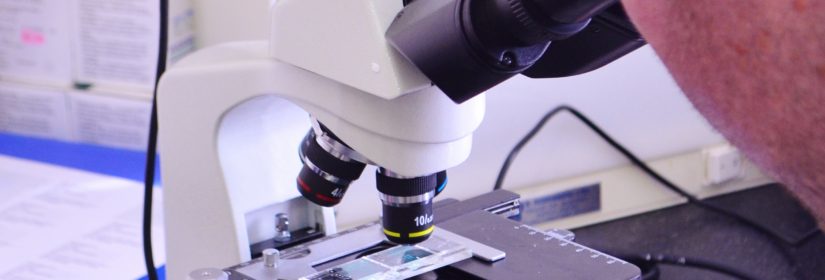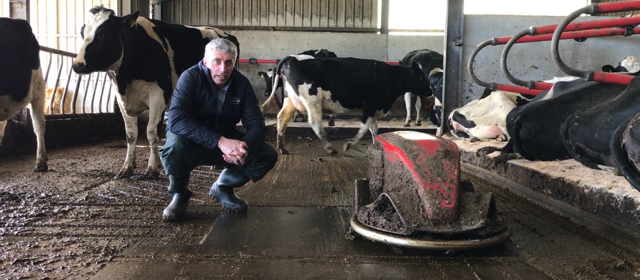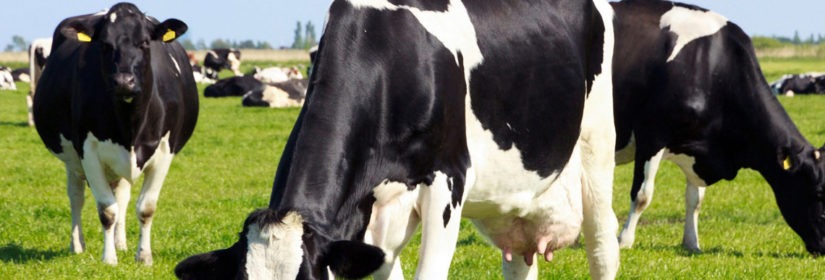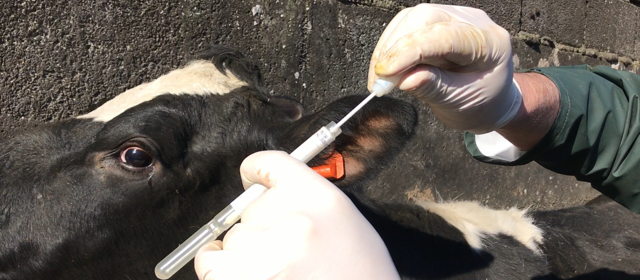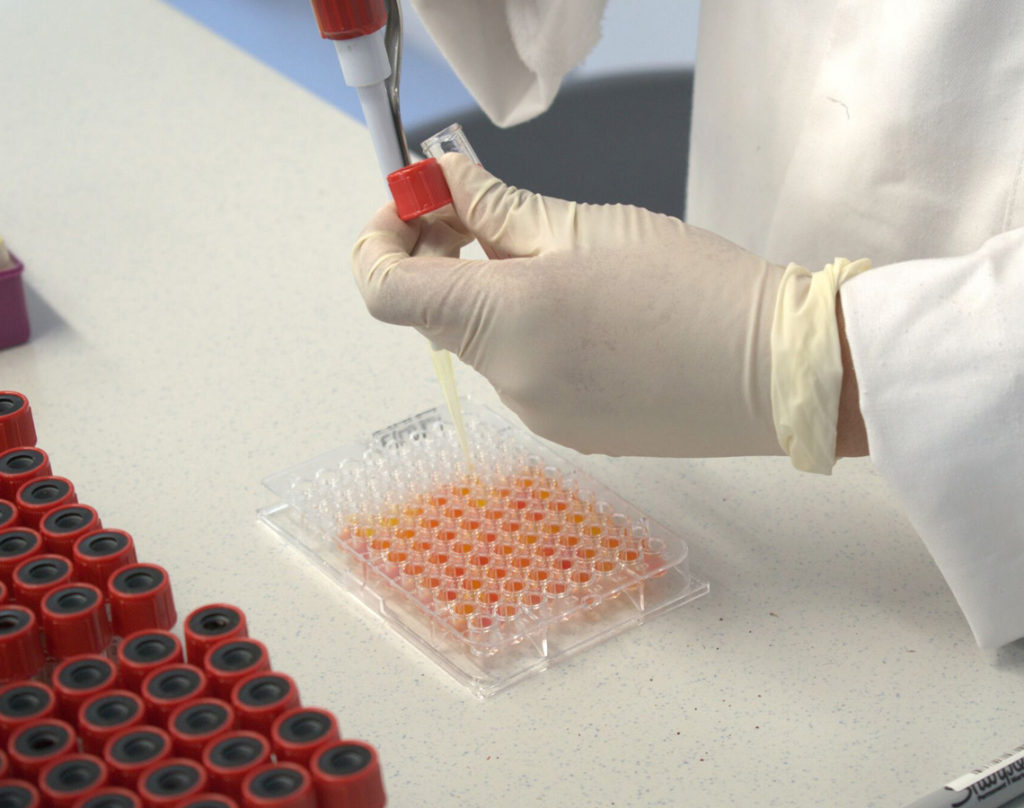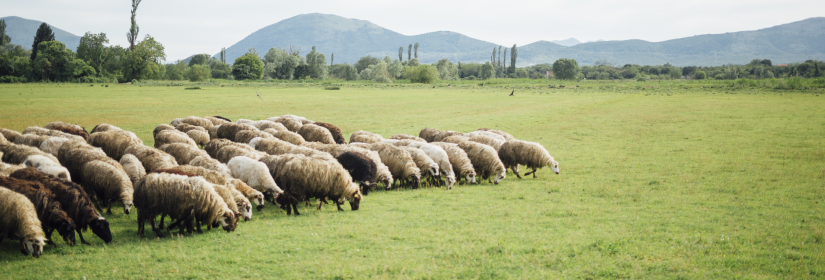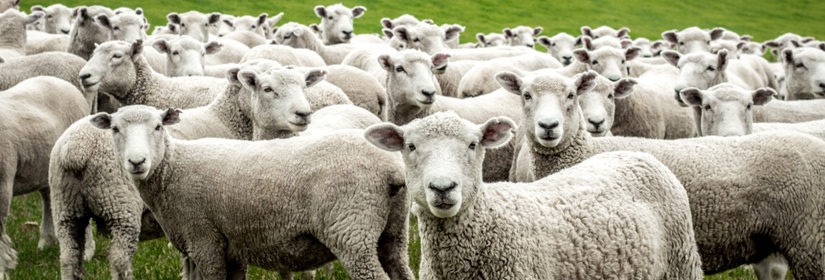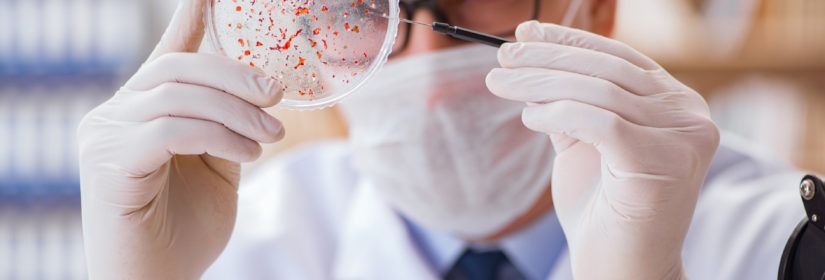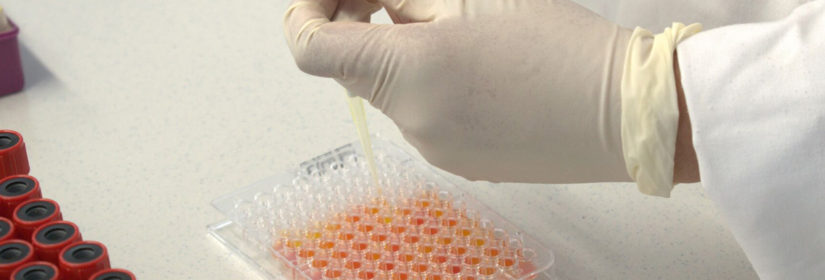Watch our video here https://youtu.be/Q0PTvpT0DGE with Vet John Gilmore as he discusses Johnes disease
What is it?
Johnes disease is a chronic disease affecting herds causing a
range of symptoms and having a massive impact on production and performance.
It is caused by a bacteria called MAP (mycobacterium avium subspecies paratuberculosis). This bacteria will be ingested by young animals, typically calves and lie dormant for years. We typically don’t see the symptoms of the disease before two years of age.
It is usually brought into herds by infected animals that are not showing any symptoms. There is a huge value for farms to know their johnes status when selling animals. Also, this must be a question more farmers need to be asking when purchasing stock.
In Ireland, we have our national Johnes control program. This program is being run by Animal Health Ireland with industry, vets, and farmers. This requires routine testing in conjunction with vet supported on-farm risk assessments.
We encourage all farmers to get involved in this important
program aimed at johnes control in our national herd.
What are
the symptoms?
We must remember johnes disease is a chronic disease meaning that it progresses slowly even after calves being infected or ingesting the bacteria. Some older infected animals will show no symptoms but will still be shedding continuing the cycle on the farm.
The typical symptoms we see with johnes are scouring, reduced feed efficiency and weight loss. This happens because the bacteria when it activates in the lower gut causes intestinal swelling and this leads to poor absorption of nutrients.
This then leads to scouring and weight loss. These animals
are a really big source of infection for other animals especially calves.
How is it
spread?
An animal positive for johnes will spread the bacteria in
three ways
- In faeces
in huge numbers which is the biggest risk
- In
colostrum to young calves and also in milk
- They may
infect their unborn calf in the womb also
The young animals will typically ingest the bacteria in faeces or maybe colostrum. It will then go to the intestine where it will almost go into hibernation. In this state, it also isn’t picked up by the immune system making testing impossible.
It begins to reactivate in animals as they get older (usually
in animals >2 years old).
This continues the cycle with some showing symptoms as the
disease progresses and also beginning shedding.
It can have a massive impact on profit and performance.
There are two critical elements to control, testing with a subsequent culling policy and controlling the spread on the farm (reducing the risk).
How can we
test for it?
There are two main ways to test for johnes in milk or by blood sampling. With both these tests, we are checking for antibodies to the disease. This means that animals under two years of age are not tested as they may have been exposed but will be showing no evidence of the disease.
At farmlabs, we specialize in testing and improving animal health through the use of cutting edge science.
Faecal testing can also be used to isolate the bacteria
itself to confirm blood or milk test results.
Watch the https://youtu.be/Q0PTvpT0DGE above as John outlines the key elements of testing and why with a chronic disease like johnes testing must be carried out over a number of years to establish the status of the herd.
When we identify johnes positive animals then we must start
working on appropriate culling policy depending on numbers.
Talk to your veterinary surgeon about how you can start
testing for and putting controls in place on your farm.
Controlling
the risk
If we know the main spread is particularly by faeces, then
milk and possibly in the womb to calves. We must work hard to reduce the risk
of spread. Firstly with testing we can identify the positive cows and take very
specific risk management with them around calving.
When we have johnes in our herds all these risks still need to be minimized for all stock.
For dairy calves, this is by snatch calving and avoiding things like pooling colostrum.
Here we outline why we need to get serious about johnes
disease and its spread. Focus heavily on regular yearly tests (60 days must be
left for testing after tb testing) and culling policies. Then work hard on
reducing the spread within the herd.
For more information about johnes testing contact us on (071)
9630792 or email [email protected]


